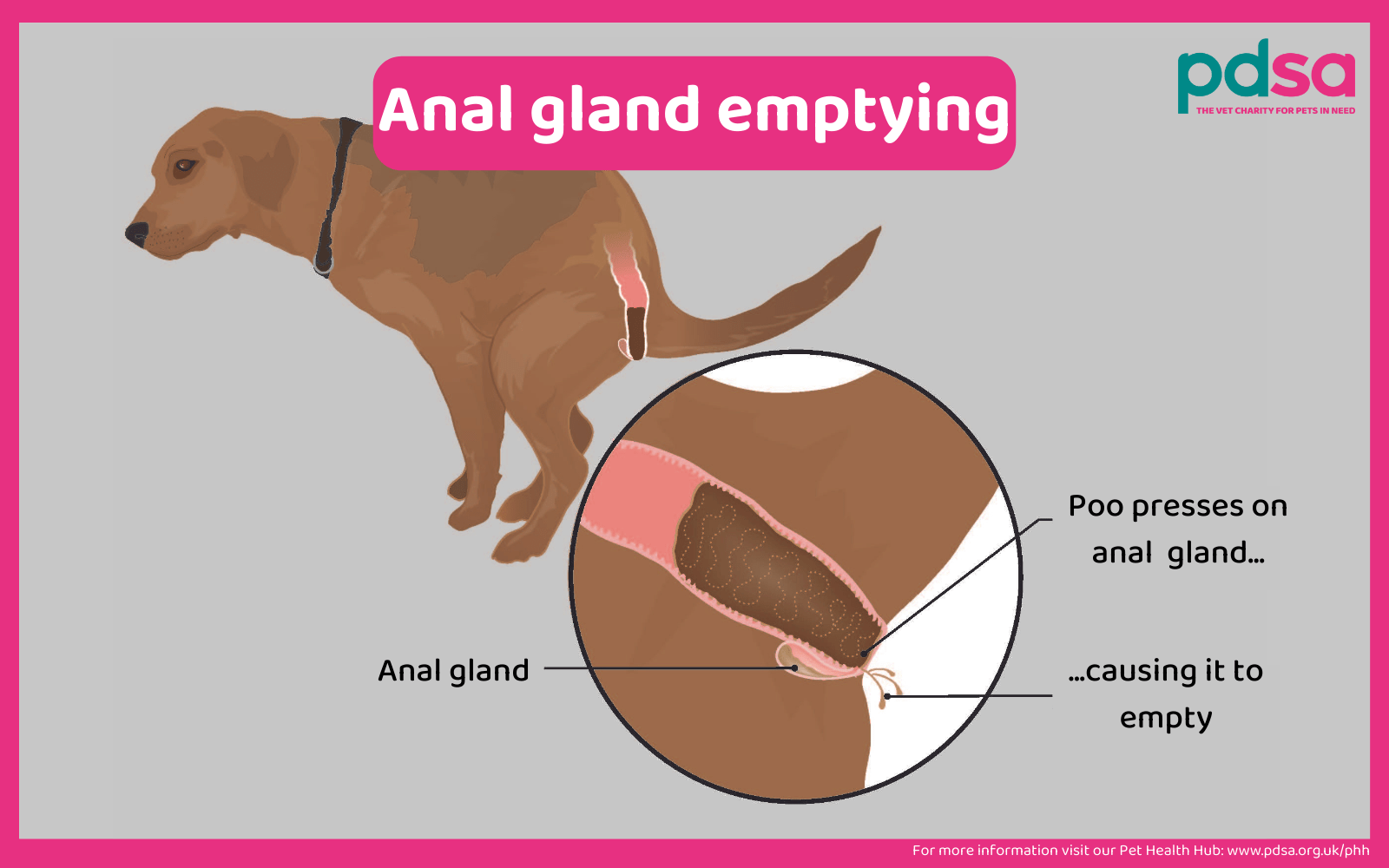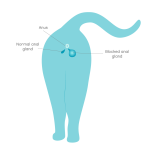Problems with Anal Glands in Dogs: What You Need to Know
When it comes to your furry friend’s health, you want to be aware of any issues that could affect their quality of life. One often overlooked problem is anal gland problems in dogs. While it may seem like a taboo topic, it’s crucial to understand the importance of keeping your dog’s anal glands healthy.
The Importance of Anal Glands
Located on either side of an animal’s anus, anal glands are small sacs that produce a strong-smelling secretion. In dogs, these glands play a vital role in their natural grooming process, helping to remove dirt and debris from their anal area. However, when these glands become impacted or infected, it can lead to discomfort, pain, and even serious health complications.
As a dog owner, it’s essential to be aware of the signs and symptoms of anal gland problems in dogs. In this blog post, we’ll delve into the common issues that arise with canine anal glands, what causes them, and most importantly, how you can prevent or treat these problems.

Common Issues with Anal Glands
Just like humans, dogs can experience a range of issues with their anal glands, from mild discomfort to severe infections. Here are some common problems that dog owners should be aware of:
- Impaction: When the anal gland’s secretion becomes impacted and cannot drain properly, it can cause pain, swelling, and irritation in the affected area.
- Infection: Bacterial or fungal infections can develop when bacteria enter the anal glands through a tear or rupture, leading to inflammation, discharge, and a strong odor.
- Furunculosis: This is a condition characterized by multiple abscesses forming in the anal gland area, often due to skin allergies or poor hygiene.
- Perianal fistulas: Small openings can develop between the anus and the surrounding tissue, causing discomfort, itching, and discharge.
In some cases, anal gland problems can lead to more serious health issues if left untreated. For example, a severe infection or abscess can spread to other parts of the dog’s body, such as the lymph nodes or bloodstream.
Causes of Anal Gland Problems in Dogs
Sometimes, anal gland problems are simply a natural part of a dog’s life cycle. Other times, they can be caused by:
- Dietary factors: A diet rich in fat and low in fiber can contribute to anal gland issues.
- Lack of exercise: Sedentary dogs are more likely to experience anal gland problems due to reduced muscle tone and decreased natural grooming habits.
- Breed-specific traits: Some breeds, such as Cocker Spaniels or Basset Hounds, are more prone to anal gland issues due to their physical characteristics.
Now that you’re aware of the common issues and causes of anal gland problems in dogs, it’s essential to take preventative measures to keep your furry friend healthy and happy. Stay tuned for our next blog post, where we’ll discuss how to prevent and treat anal gland problems in dogs.
Expert Consultation for Your Dog’s Health
Get personalized advice from our dog care experts to address your concerns about anal glands in dogs.
Consult with an expertKey Takeaways So Far
We’ve covered the basics of canine anal glands, including their importance in your dog’s natural grooming process. We’ve also touched on the potential consequences of neglected or infected anal glands.
What Causes Anal Gland Problems in Dogs?
Sometimes, anal gland problems can be caused by a combination of factors, such as:
- A diet high in fat and low in fiber
- Inadequate exercise or physical activity
- Genetic predisposition to anal gland issues
- Poor grooming habits or infrequent cleaning
Treating Anal Gland Problems in Dogs
If your dog is experiencing symptoms such as scooting, licking, or redness around the anus, it’s essential to seek veterinary care. Your vet may recommend:
- A digital rectal exam to check for any blockages or impactions
- A procedure to express the anal glands and remove any built-up debris
- Antibiotics if an infection is present
- Pain management to alleviate discomfort and pain
Preventing Anal Gland Problems in Dogs
To keep your dog’s anal glands healthy, consider the following:
- Fed a high-fiber diet rich in fruits, vegetables, and whole grains
- Given regular exercise and mental stimulation to reduce stress
- Provided with plenty of opportunities for natural grooming and cleaning
- Scheduled regular veterinary check-ups to monitor anal gland health
A Conclusion Worth Scooting For!
In conclusion, taking care of your dog’s anal glands is crucial for their overall health and well-being. By being aware of the signs and symptoms, understanding the causes of anal gland problems, and taking preventative measures, you can help keep your furry friend comfortable and happy.




